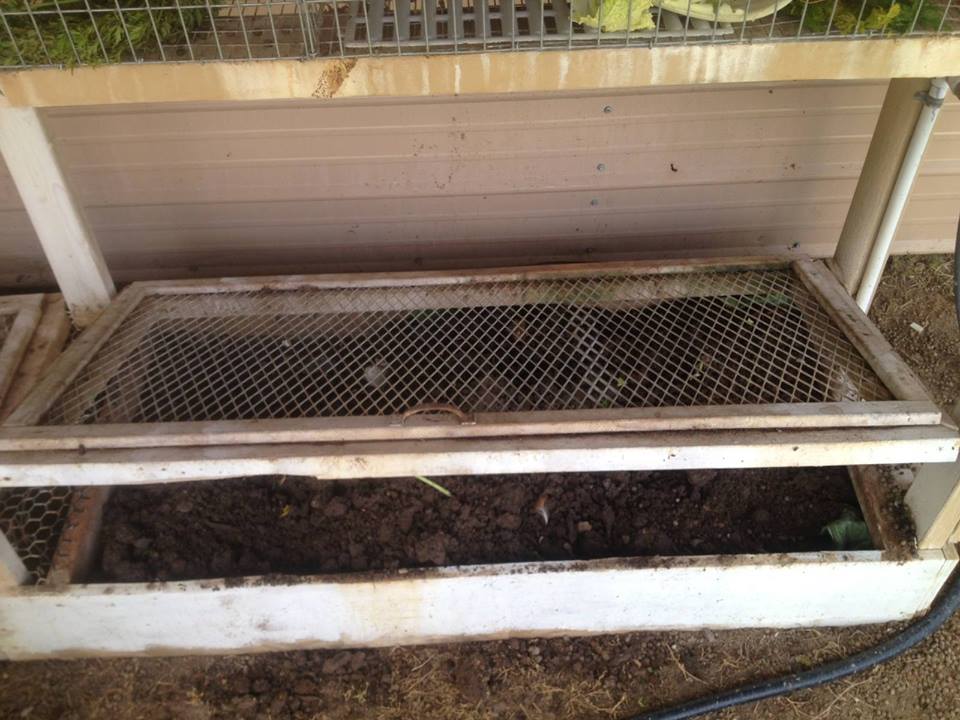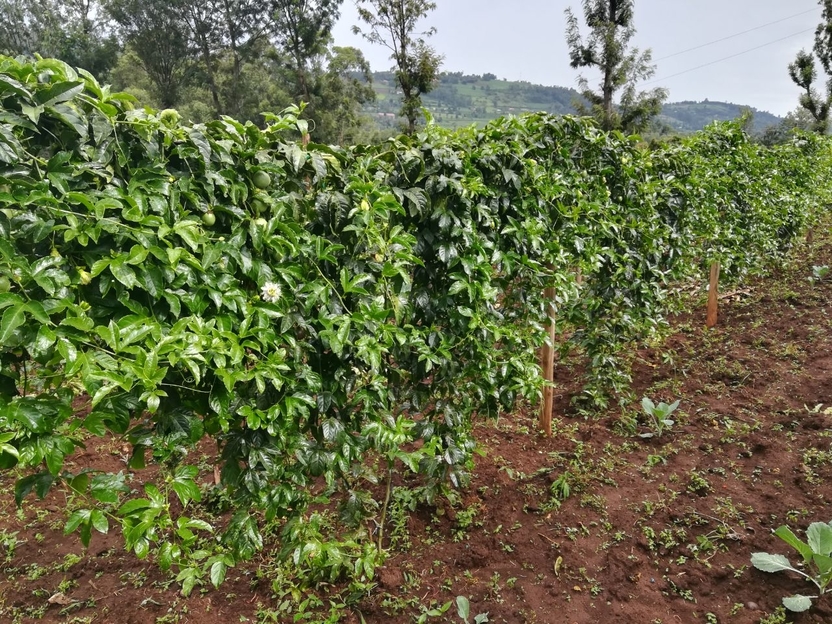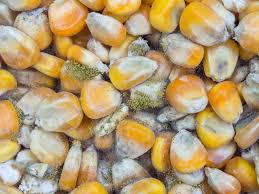
Farmers applying vermiculture liquid in crop production supply comprehensive minerals than those relying on synthetic fertilisers.
Real IPM Smallholder Enterprise Center Manager Isaac Guda said vermiliquid supplies crops with both micro and macro nutrients, which are necessary for holistic growth.
Whilst common fertilisers are specific in nutrient supply- NPK, DAP, CAN- vermiliquid has more than 15 micro and macro-elements, making it a ‘single dose’ application.
For one to meet all the mineral elements, more fertiliser from the compound groups has to be applied.
“The main benefit of vermiliquid over conventional fertilisers is that it contains almost all the nutrients required at one go to address specific crop needs,” Guda said.
Nitrogen, phosphorus and potassium are the main or macro elements required in crops’ growth.
A detailed Crop Nutrition Lab analysis of the red wriggler worms’ vermiliquid showed the following minerals in part per million in concentrations.
Potassium parts were 2020, phosphorus 26.3, calcium 111, magnesium, 52.8, sulphur 33.2, manganese 1.37 iron 7.54.
Zinc was 0.40, boron 0.56, copper 0.30, sodium 60.7, ammonium 11.8, chlorides 692, molybdenum 0.039, among others.
The PH of the liquid was 8.55.
RELATED ARTICLE: Worms churn garbage to \'gold\' for farmers
RELATED ARTICLE: Farmer earns from rearing red worms for organic manure
RELATED ARTICLE: Farmer ventures into earthworms farming to fix tired soil
However, to have such a rich mineral resource, a mix of substrates from various families of crops has to be included. For instance legume, which are known to contain nitrogen and pumpkins and quash for zinc and phosphorus are included.
Vermiliquid is collected and applied as a folia fertiliser that is readily absorbed into the plant system via the leaves.
“You need five kilos of worms acting on half a kilo of the food substrate. For instance, half a kilo of coffee husks added every two weeks produce one litre of the vermiliquid per month,” he said.
Application rate is 10ml per litre of water, although there is no harm in exceeding the rate.
Just like other folia fertilisers, the excess application does not have scorching effect on the crops as the synthetic types.
Write comment (0 Comments)
















